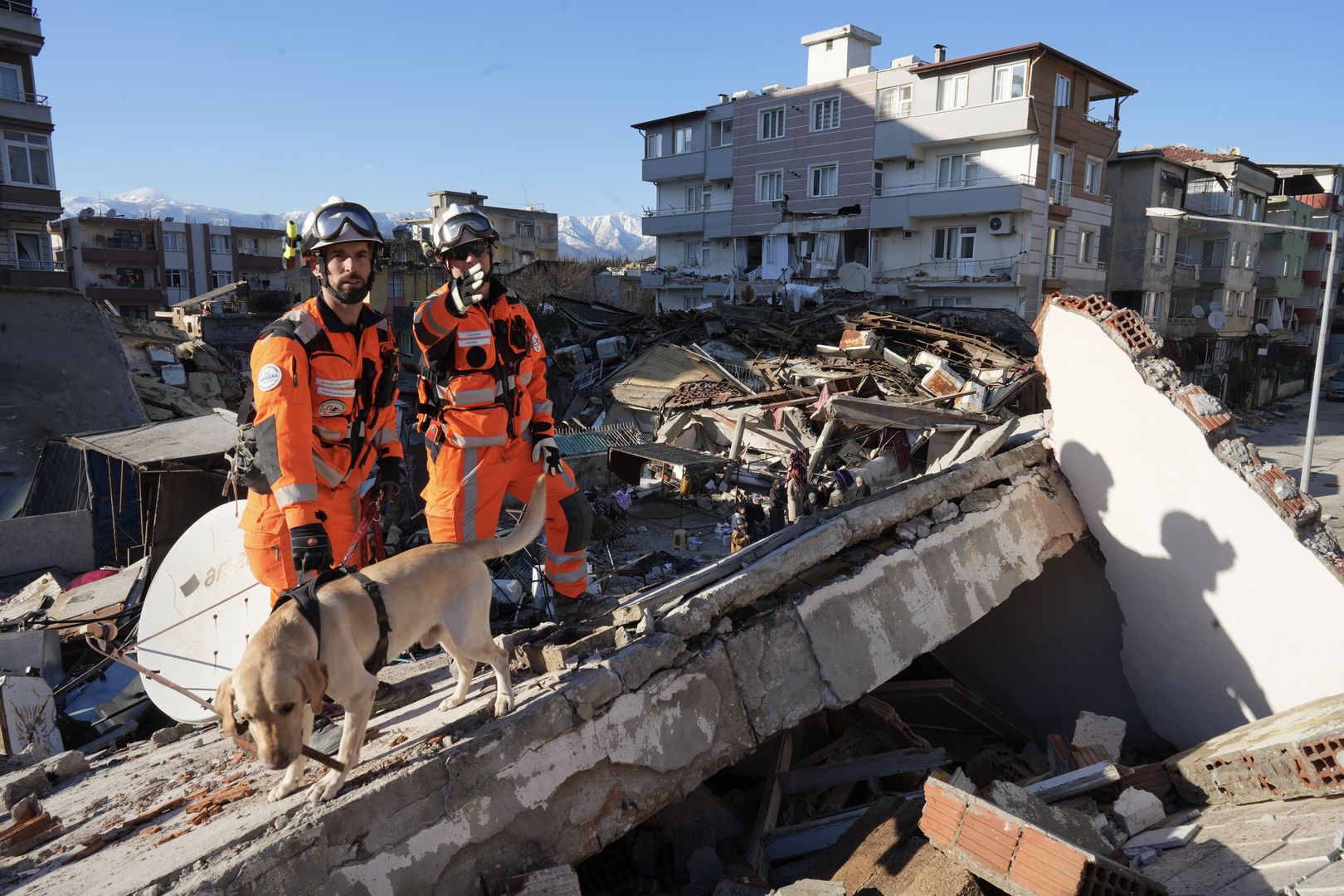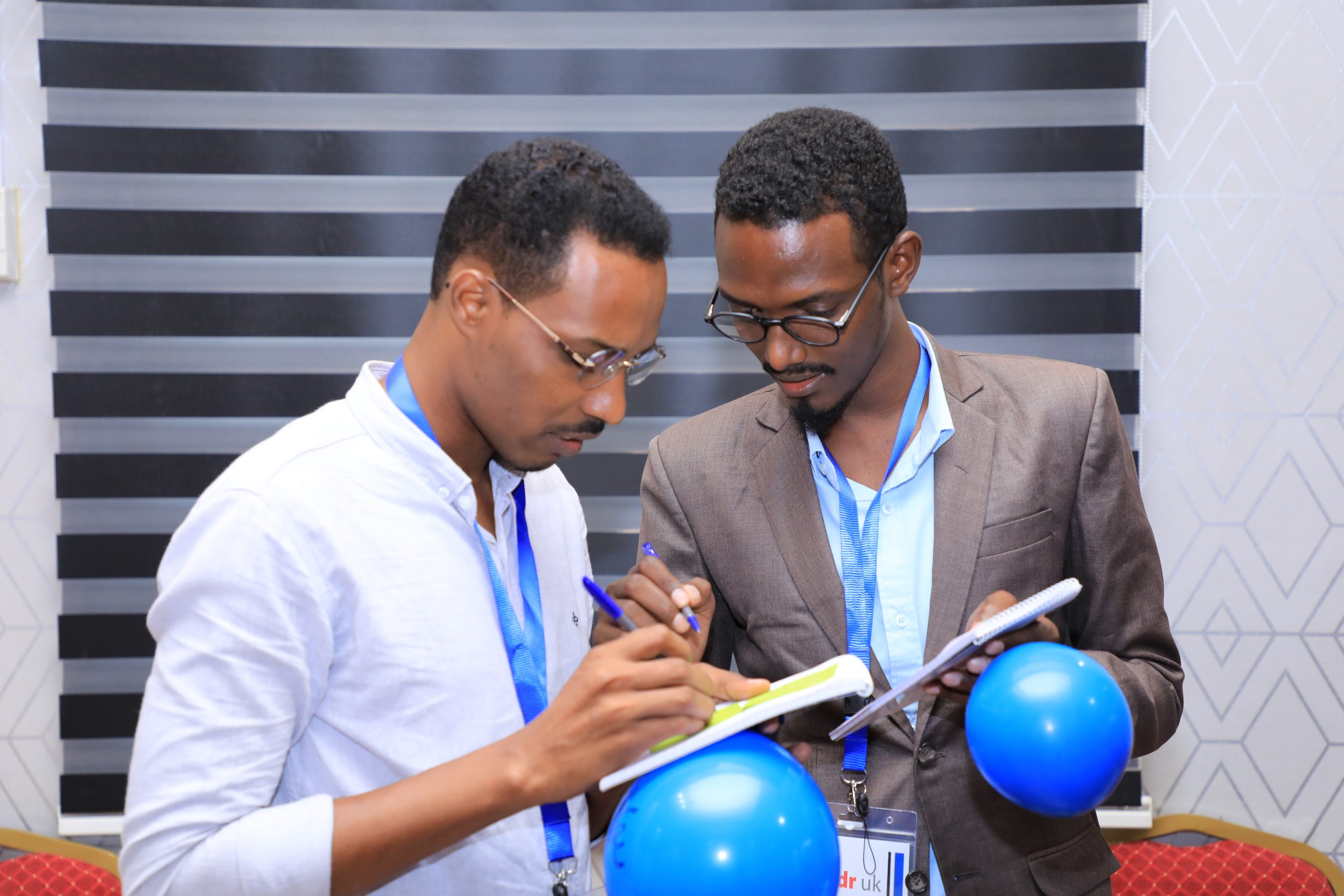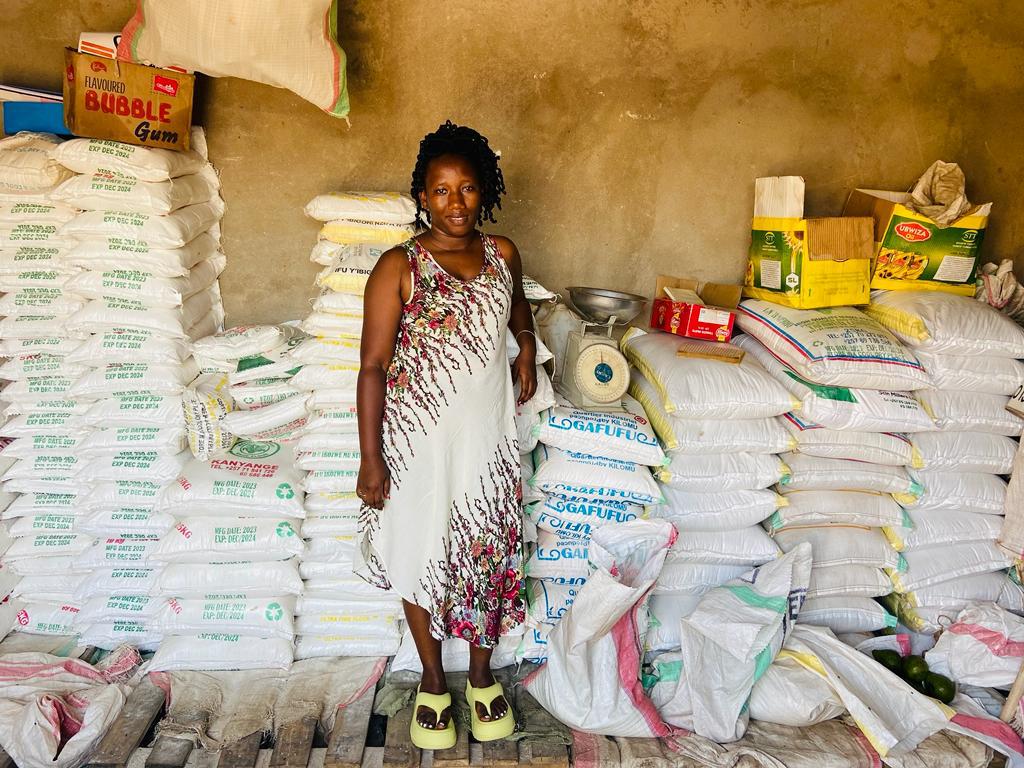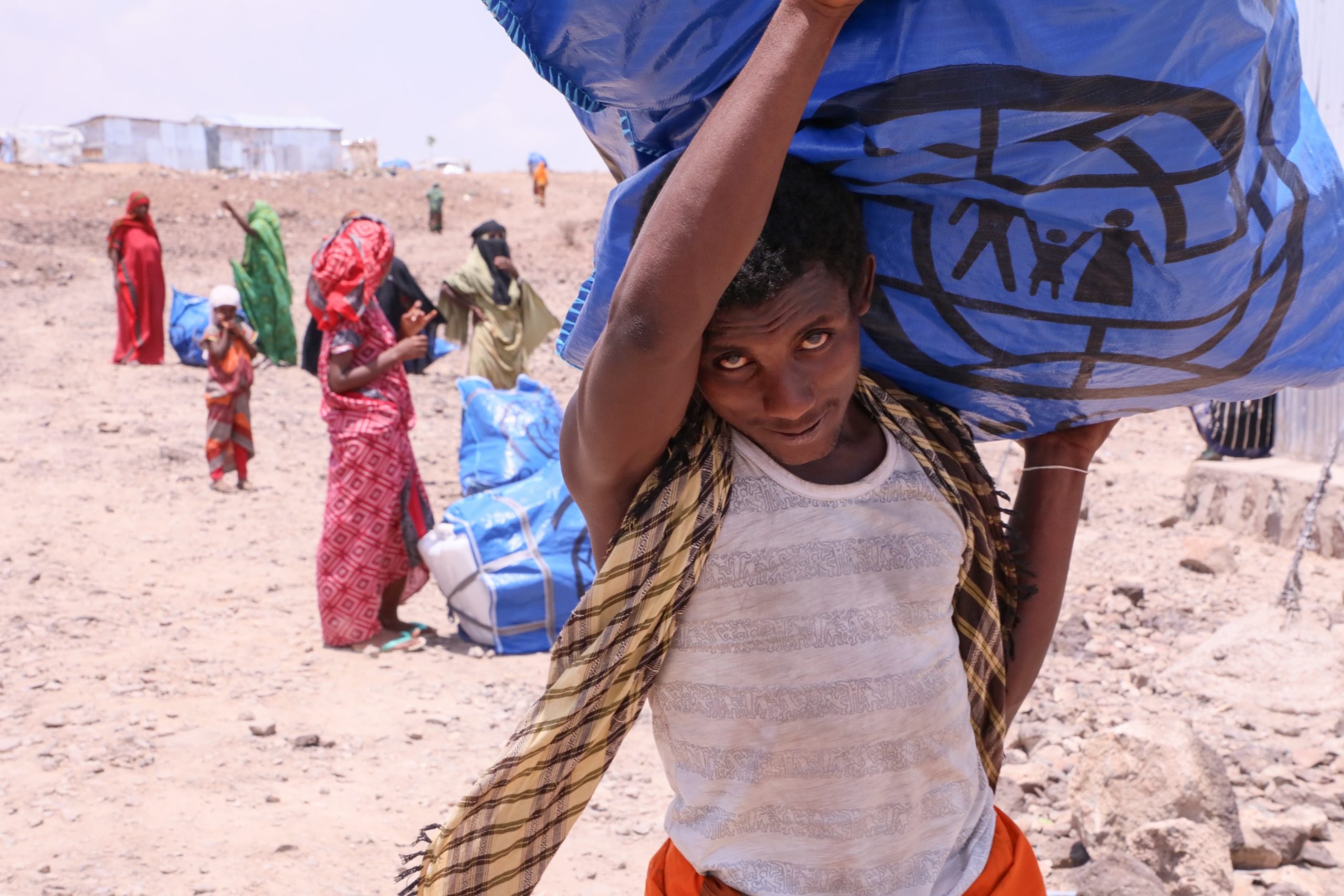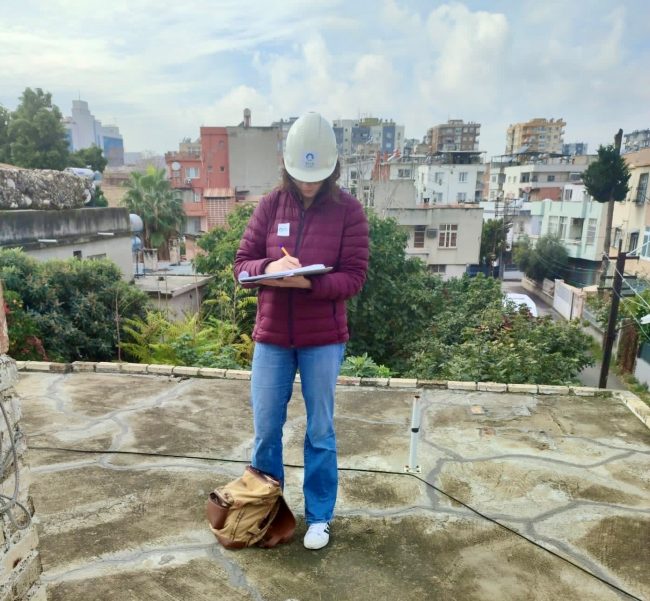
SMEs are often the backbone of the local economy – not just in Thailand, but in the region generally. They account for 90 percent of all businesses by number, and employ well over half of the workforce in the majority of South East Asian economies.
This project aimed to increase the role of this business sector in both disaster preparedness, and in post-disaster recovery. This is important because SMEs are uniquely positioned to promote economic recovery as a result of their existing relationships with the communities in which they operate, and their vested interest in promoting speedy and lasting recoveries.
Effective Business Continuity Planning (BCP) is critical to ensuring that SMEs contribute to economic recovery by providing continuity in income generation and employment.
Other program deliverables included the establishment of a Technical Working Group on Public Private Partnerships in Thailand and the creation of a self-funding ‘Asian Business Resilience Forum’ with initial technical guidance from the project team.
The program delivered one in-depth study addressing the current status of business continuity plans and government policies to assist SMEs in Thailand.
Developing training materials was another important facet of the program. A training pack in Thai and English for SMEs, focusing on disaster risk reduction and business continuity planning, was made available locally – and for stakeholders to use elsewhere in the region.
This was a multi-stakeholder disaster risk reduction (DRR) project drawing in expertise from across East Asia. The output is now being more widely applied across the region.

OVER 20 YEARS OF INVESTMENT IN DISASTER MANAGEMENT INITIATIVES
Countries where we have supported our partners’ work in response to a growing range of threats to life and livelihood
Million USD invested since 2001 to help communities better prepare for – and recover from – natural and man-made disasters
Projects addressing a broad range of challenges, including mine-clearance, emergency shelter, resilient housing solutions and capacity building


